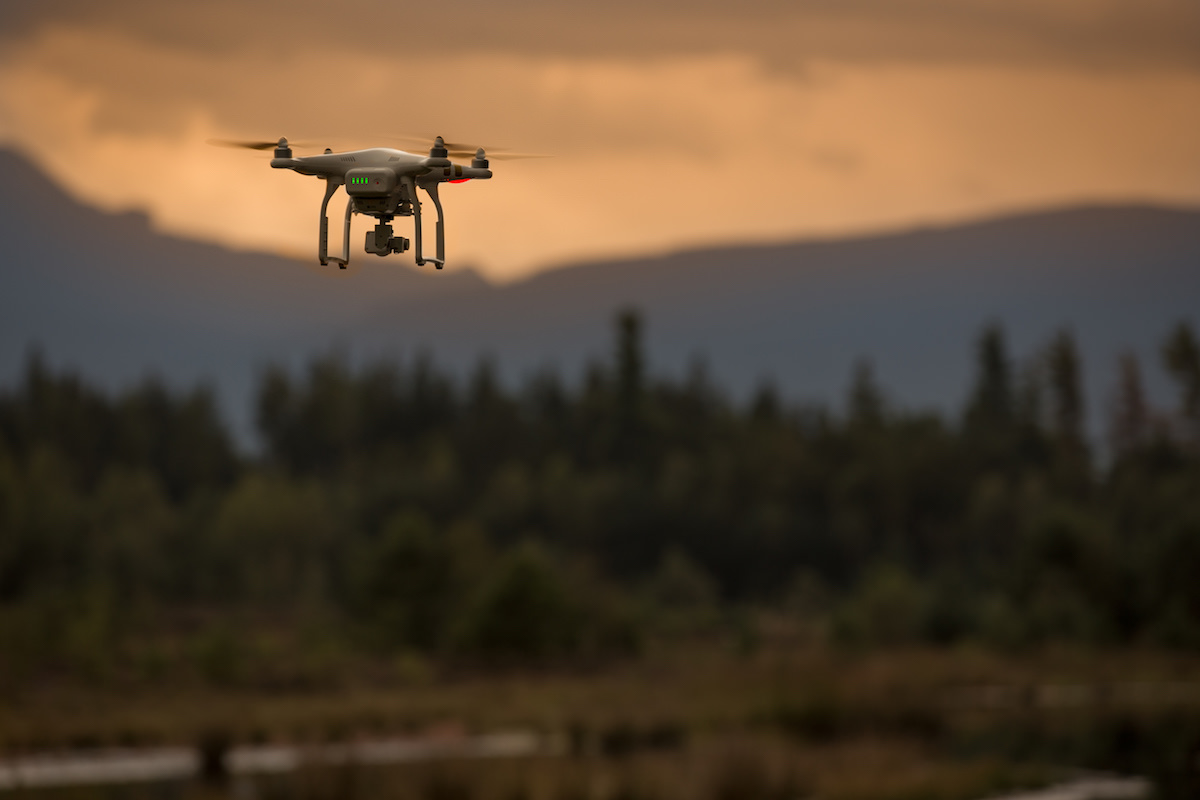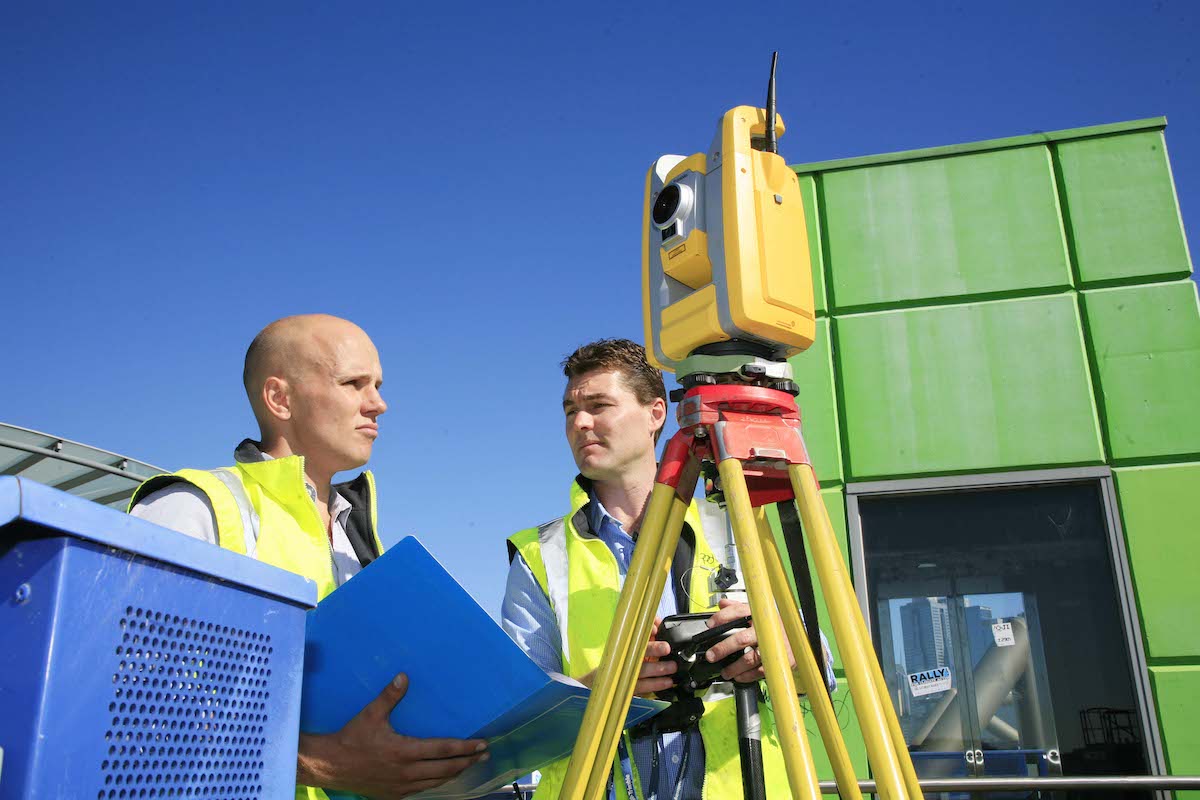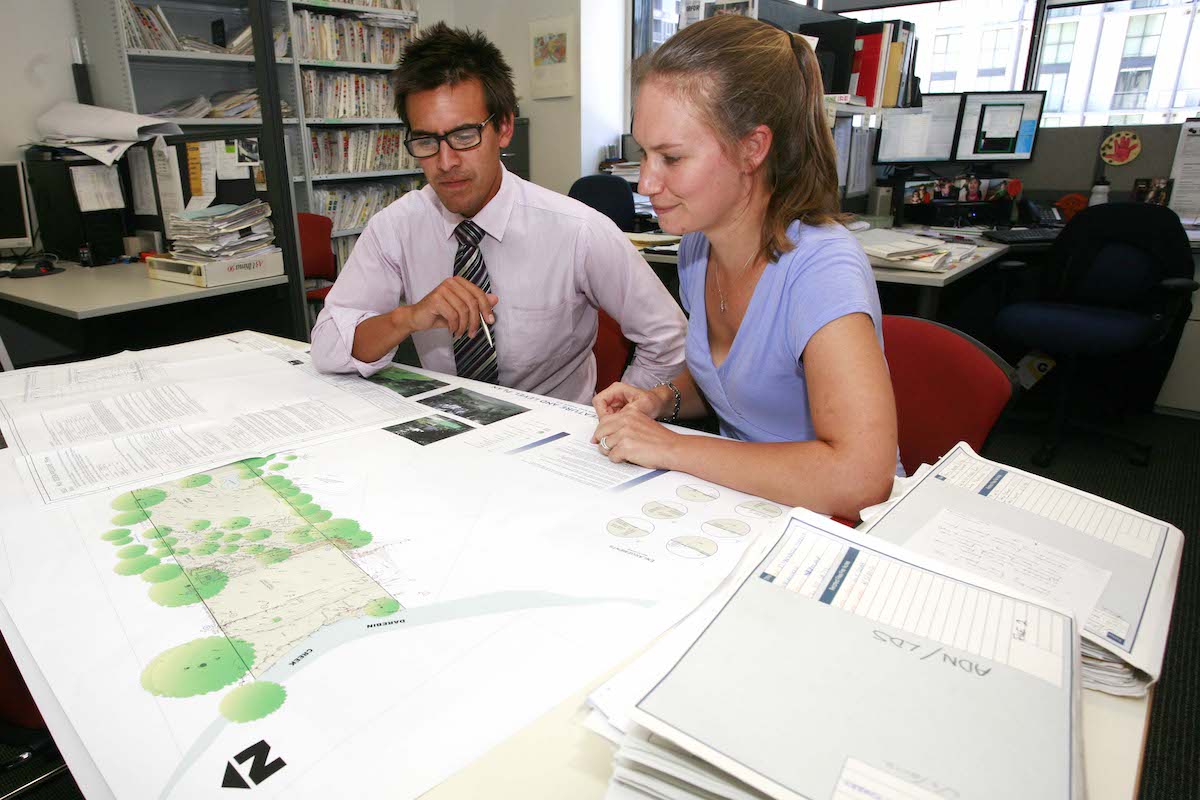What does your path into tertiary study look like? The truth is, it is different for each person.
For many secondary students, the decision about what to do after school comes down to what interests they may have cultivated during their high school years.
Someone who fell in love with economics may be attracted to accounting, or a career in the business world. A drama student might decide to study acting. A passion for sports and P.E. might lead to a career in nutrition, physiotherapy or personal training.
So what to study if you discovered an aptitude for maths, information technology, engineering or geography?
Well, one area that not only offers rewarding, well-paying career opportunities but also has a high demand for new graduates is the spatial profession.
We’re talking about surveying and geospatial science.

But what are they?
Considering their impact on our day-to-day lives, it is surprising surveying and geospatial science aren’t more well-known than they are.
In fact, oftentimes people haven’t heard of either. So first, some definitions.
Surveyors…
- Measure and map our environment using mathematics and specialised technology
- Work on town planning, construction, and infrastructure projects – whether it be a road, a bridge or a building
- Define, manage, and protect the space around us
Geospatial scientists…
- Solve problems across a variety of industries using geo data
- Take data based on a location, then use creative ways to map that information simply and meaningfully
- Can use this spatial data to predict future trends – for example, demonstrating which roads might flood during heavy rainfall
- Present geo information in a simple way for public consumption; for example, that COVID-19 map you were looking at recently uses geospatial data to show you how the pandemic is spreading
Obviously surveying and geospatial science are inter-related, as both deal in spatial data. And spatial data is at a premium in our modern world – it is at the heart of everything from your sat navigation system to the successful delivery of your latest UberEats order.

So what’s the connection to STEM?
If you find one or more STEM school subjects engaging, there are some real opportunities out there in the world of surveying and geospatial science.
Why? The four key pillars of STEM are connected to these spatial sciences.
- Science: the science of geography is clearly all about mapping – not just of the physical world, but also of the human geography that so often concerns the geospatial science experts
- Technology: today’s spatial technology is cutting edge, with surveyors and geospatial scientists utilising drones, laser scanners, GPS systems, and up-to-the-minute software to ensure their work has pinpoint accuracy
- Engineering: surveyors and engineers often work together; that said, an engineer is unlikely to make a start on a construction project until the surveyor has had the chance to complete their work!
- Mathematics: trigonometry is at the heart of surveying calculations, with ancient Egyptians even drawing on Pythagoras’ theorem to set out the pyramids

A promising career
It is all very well to have a passion for what you study; it’s all the better if what you are studying can lead to a stable and reliable career path.
Surveying and geospatial science certainly ticks that box.
Thanks to an ongoing skills shortage, demand in these two professions is high. A 2019 study from BIS Oxford Economics, ‘Determining the Future Demand, Supply and Skills Gap for Surveying and Geospatial Professionals 2018-2028’^ estimates that three years from now, in 2023, there will a projected 302 surveying roles nationwide that the industry will not be able to fill.
Of course, that good news for graduates!
On top of job security, financial security in this sector makes it desirable. Surveying and spatial graduates earn an average of $55-60K per annum. According to the last census, the average weekly pay for a full-time surveyor or spatial scientist is at $1,798 – or $93,00 per annum^. The Good Education Group even says that the industry can expect robust future growth, as well as below-average unemployment figures.
What to do about it?
At the end of the day, one of the greatest things about working as a surveyor or a geospatial science expert is the variety. There’s work indoors and out, projects of all shapes and sizes, and the opportunity to work all over the world.
With the end of the year approaching, now is the time to investigate your tertiary study options more seriously.
And you can complete your studies in a way that best suits you; for example, in the University of Southern Queensland, many students take the opportunity to work with a surveying firm while they complete their studies.
You can learn more about studying geospatial science at www.geospatialscience.com.au, while surveying has its own website at www.alifewithoutlimits.com.au.
SOURCE INFORMATION
^This study is available for download at https://www.alifewithoutlimits.com.au/increased-demand-for-surveyors/.

